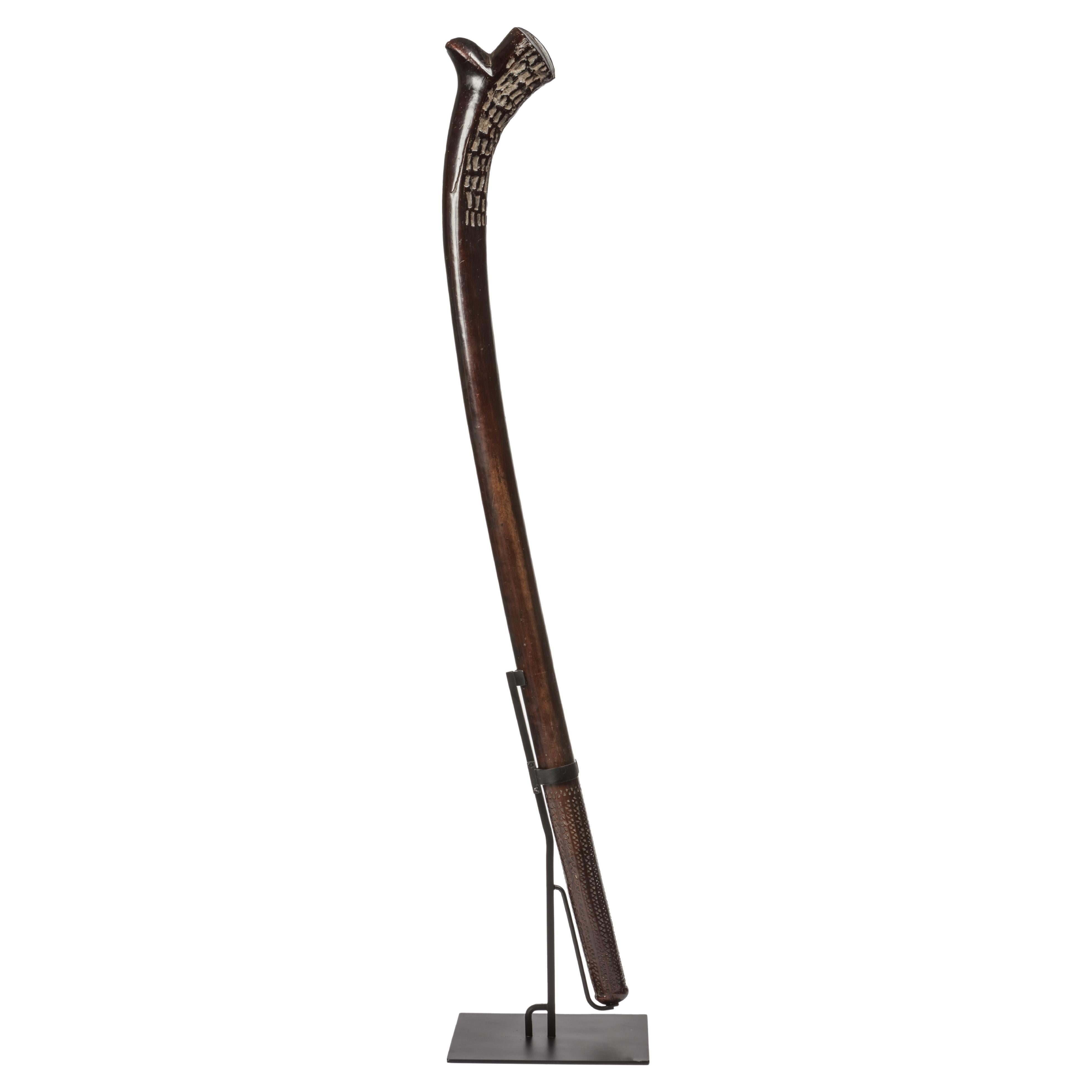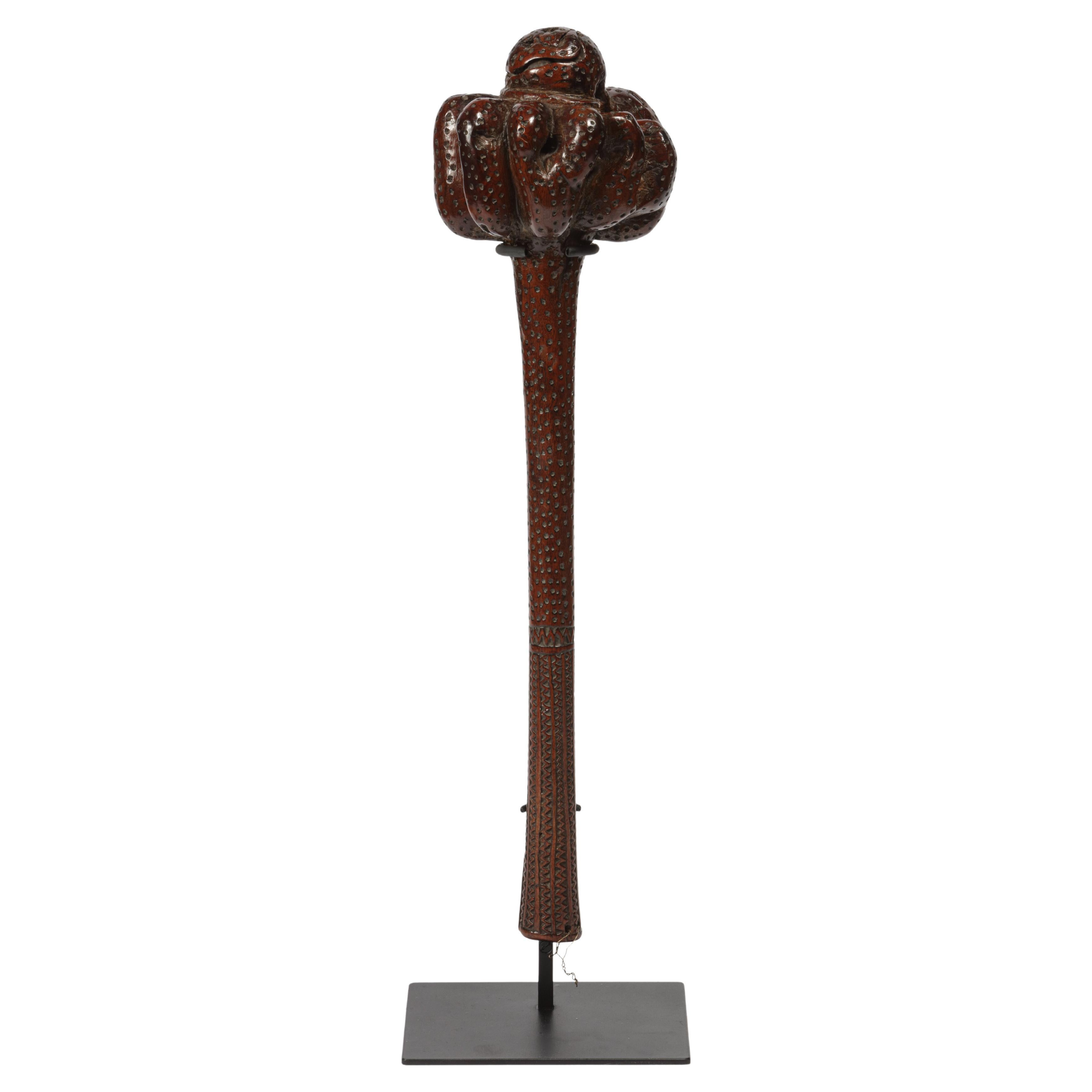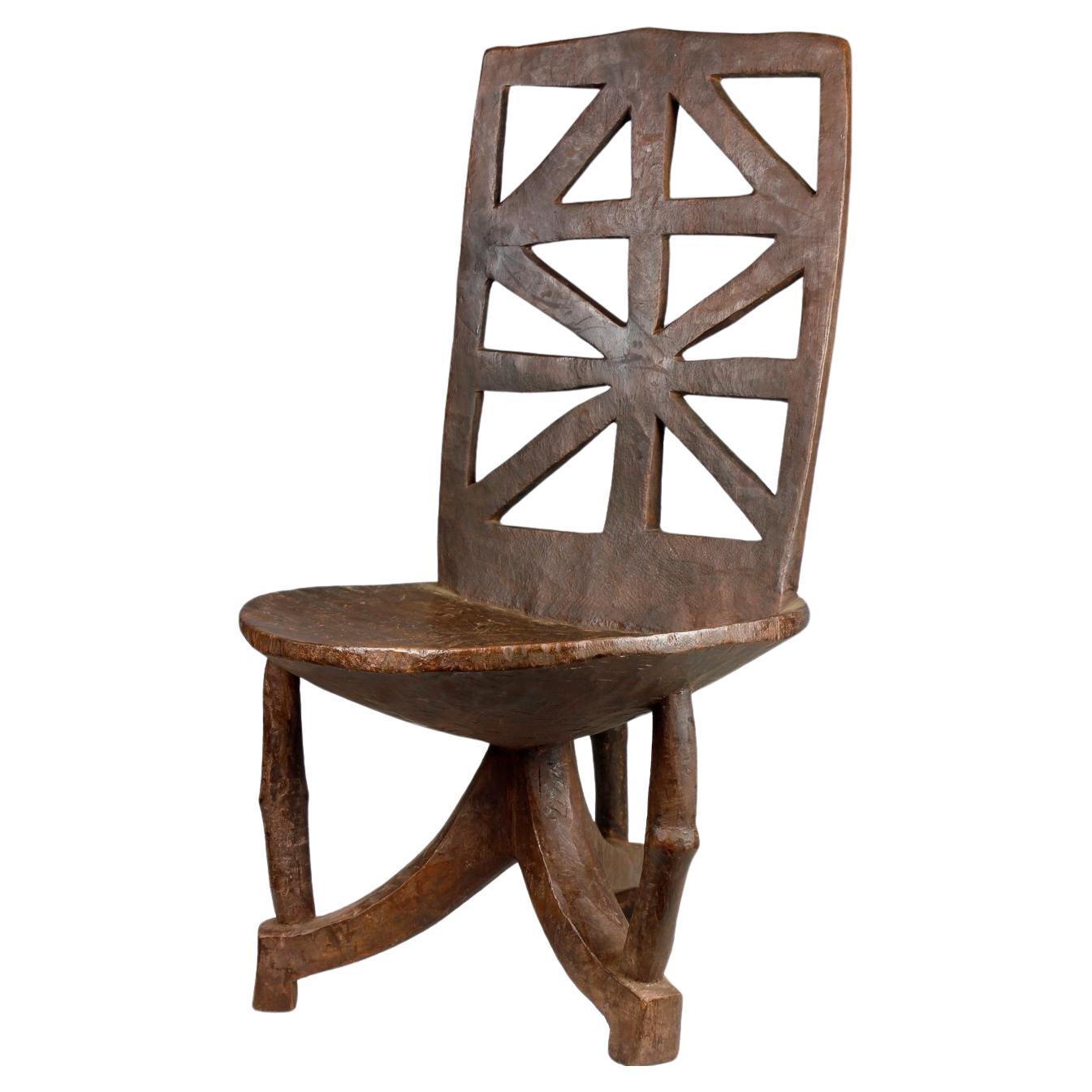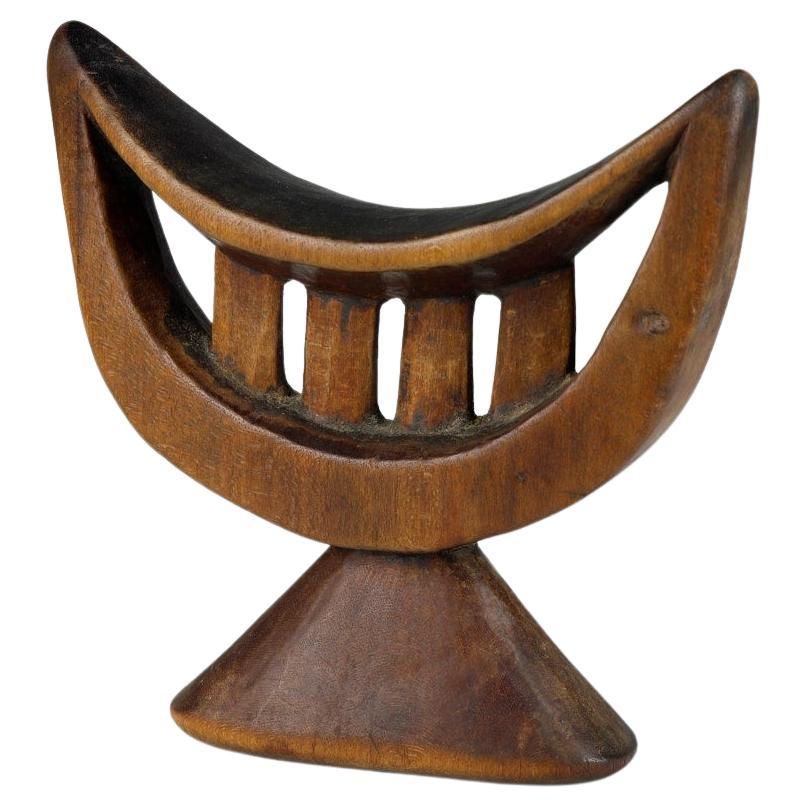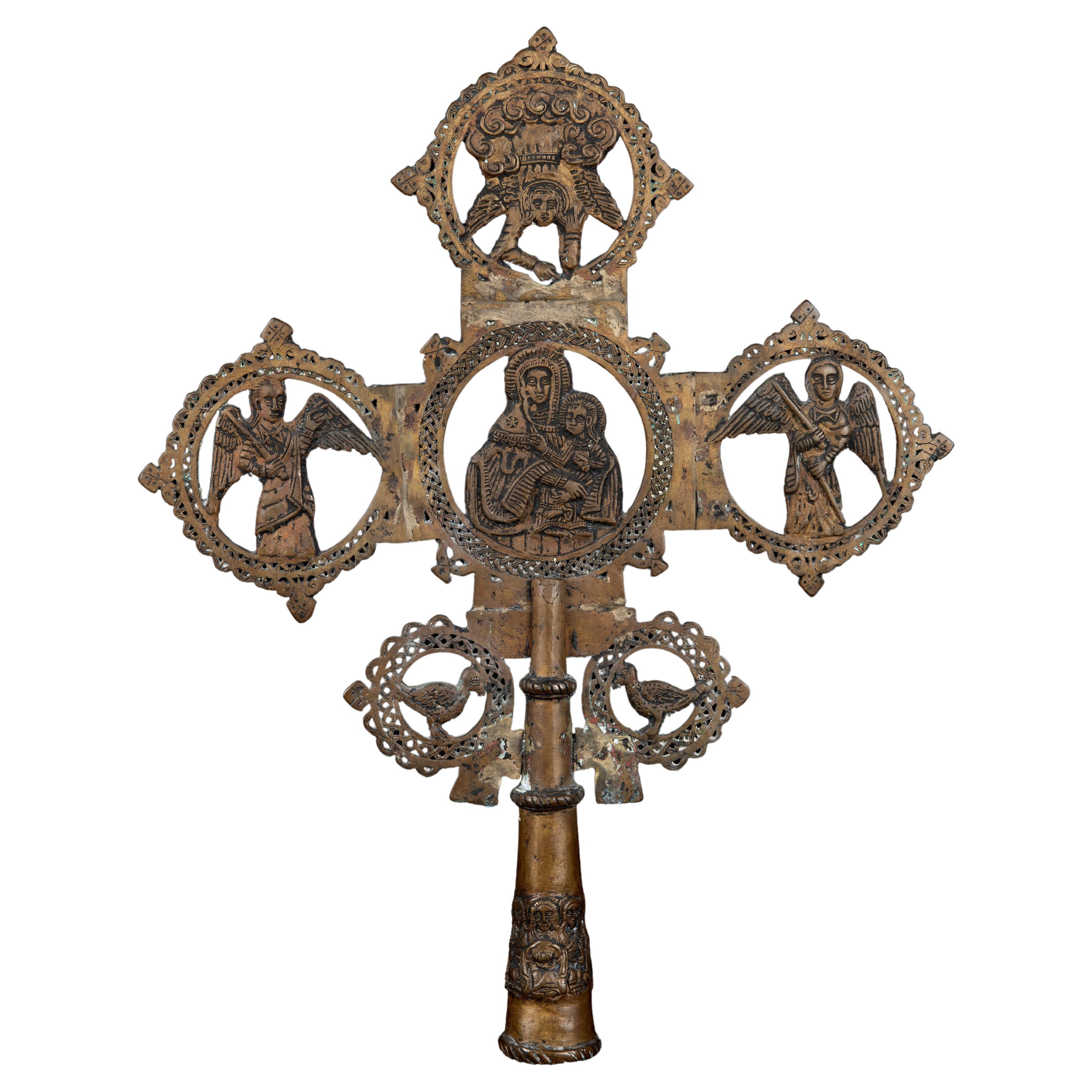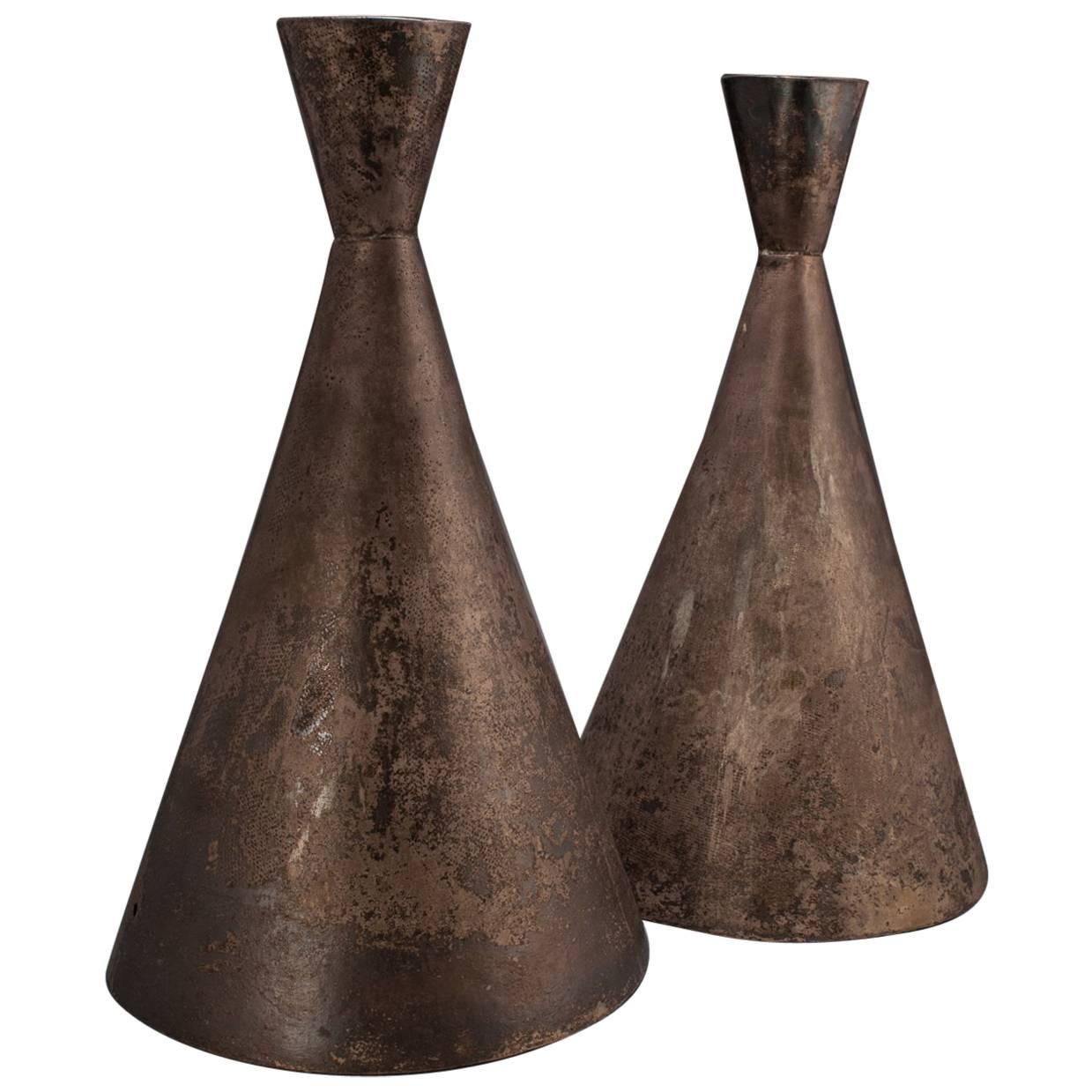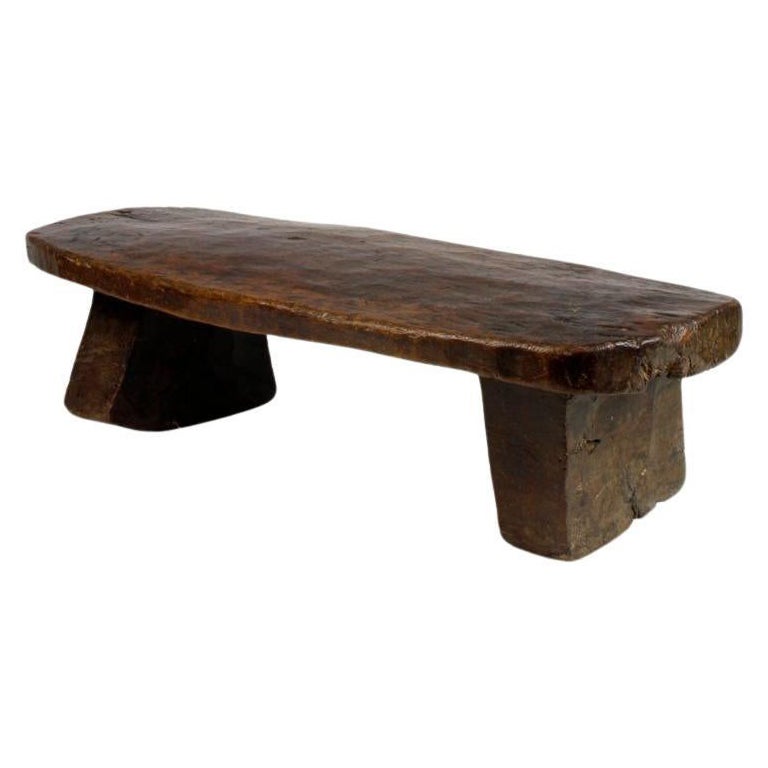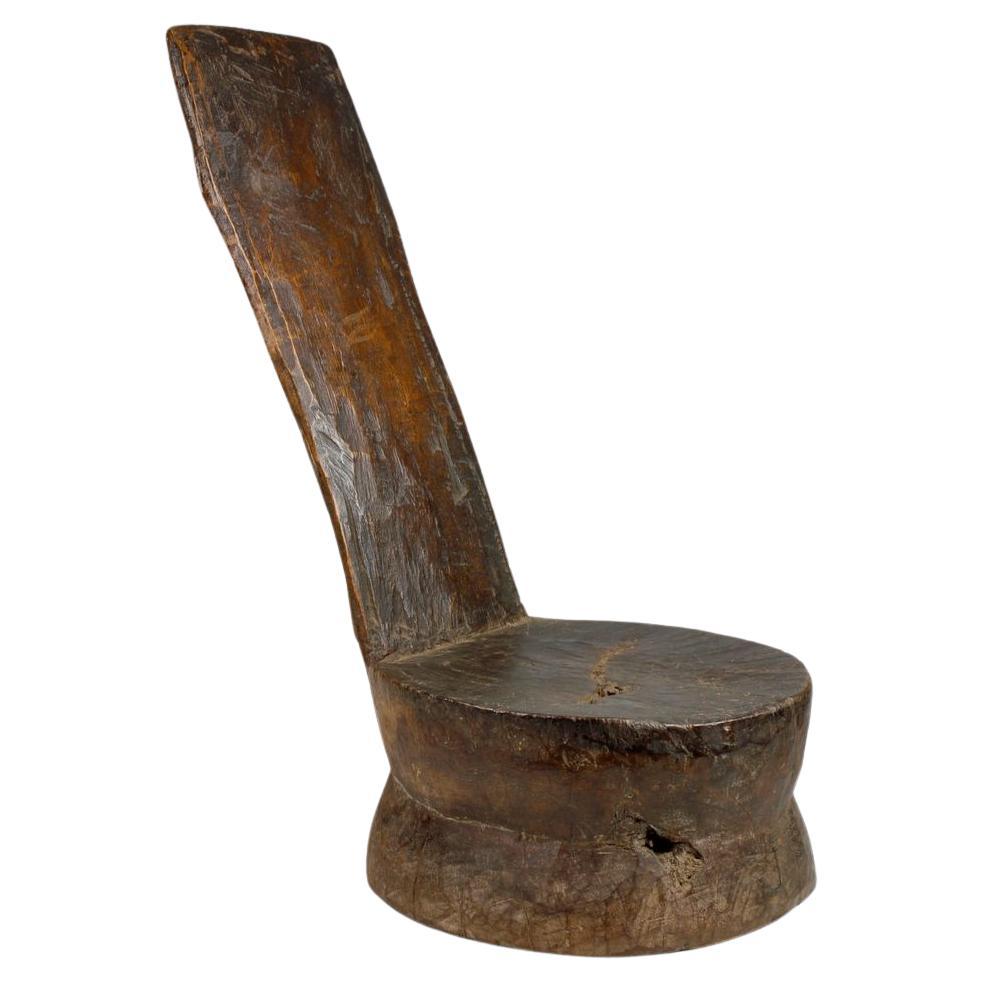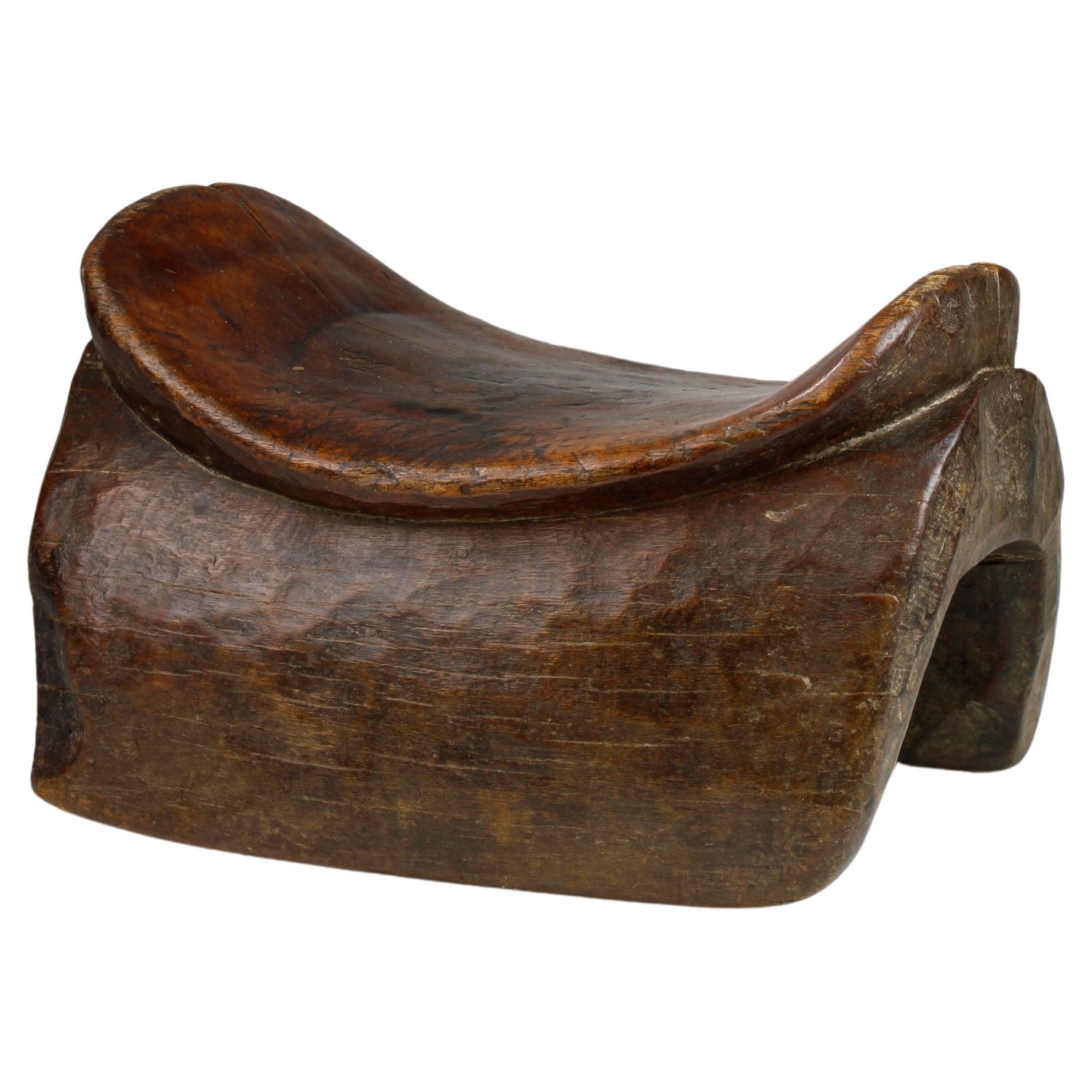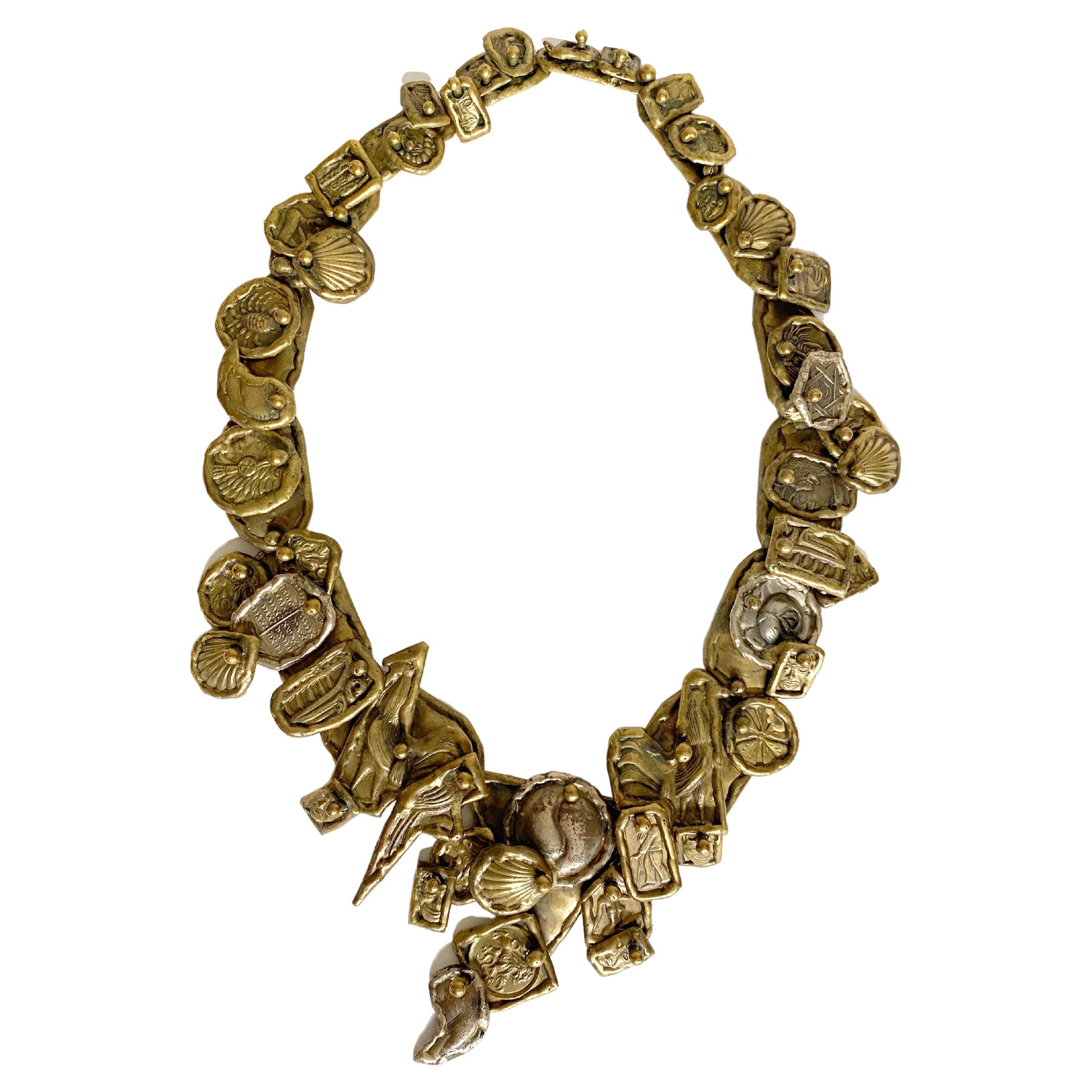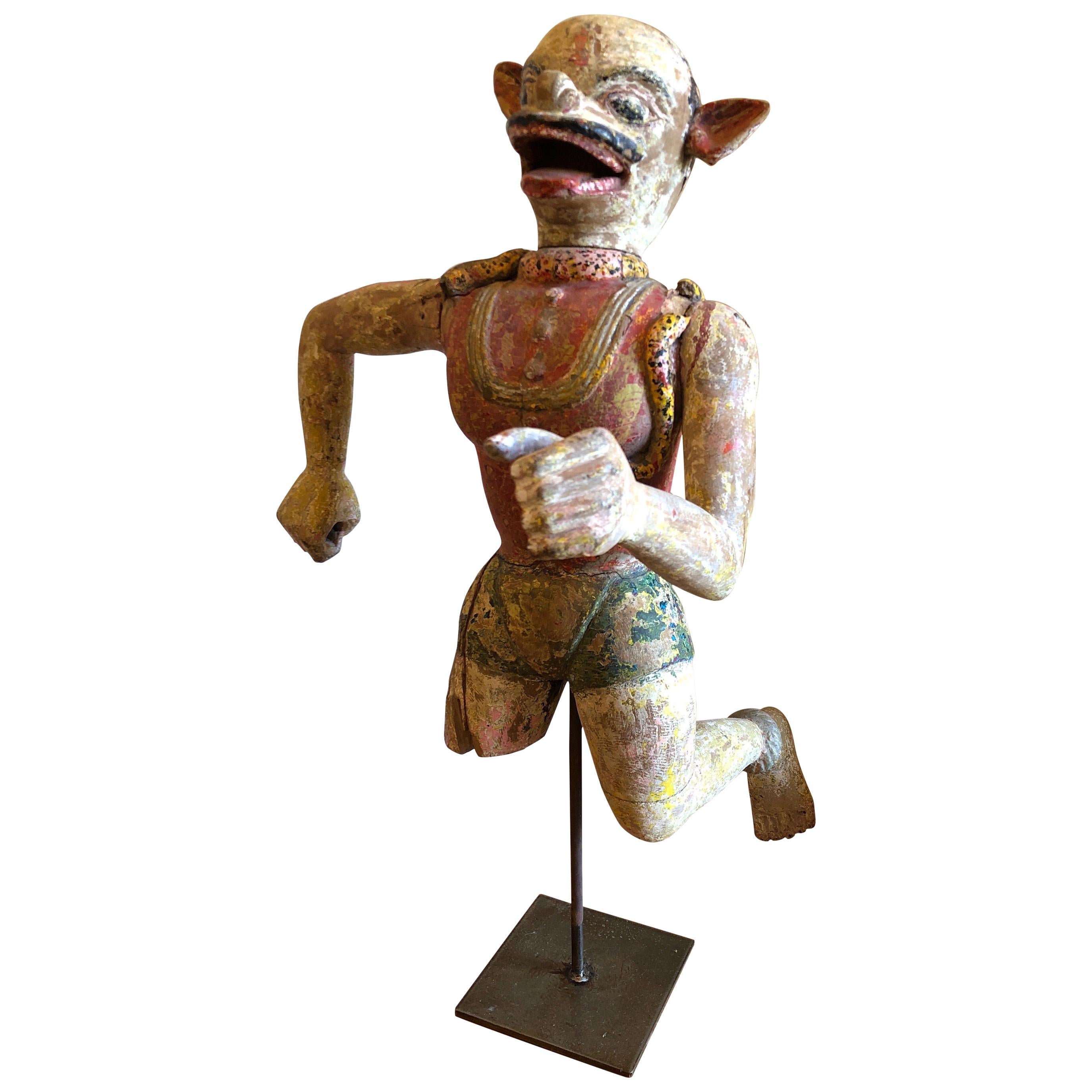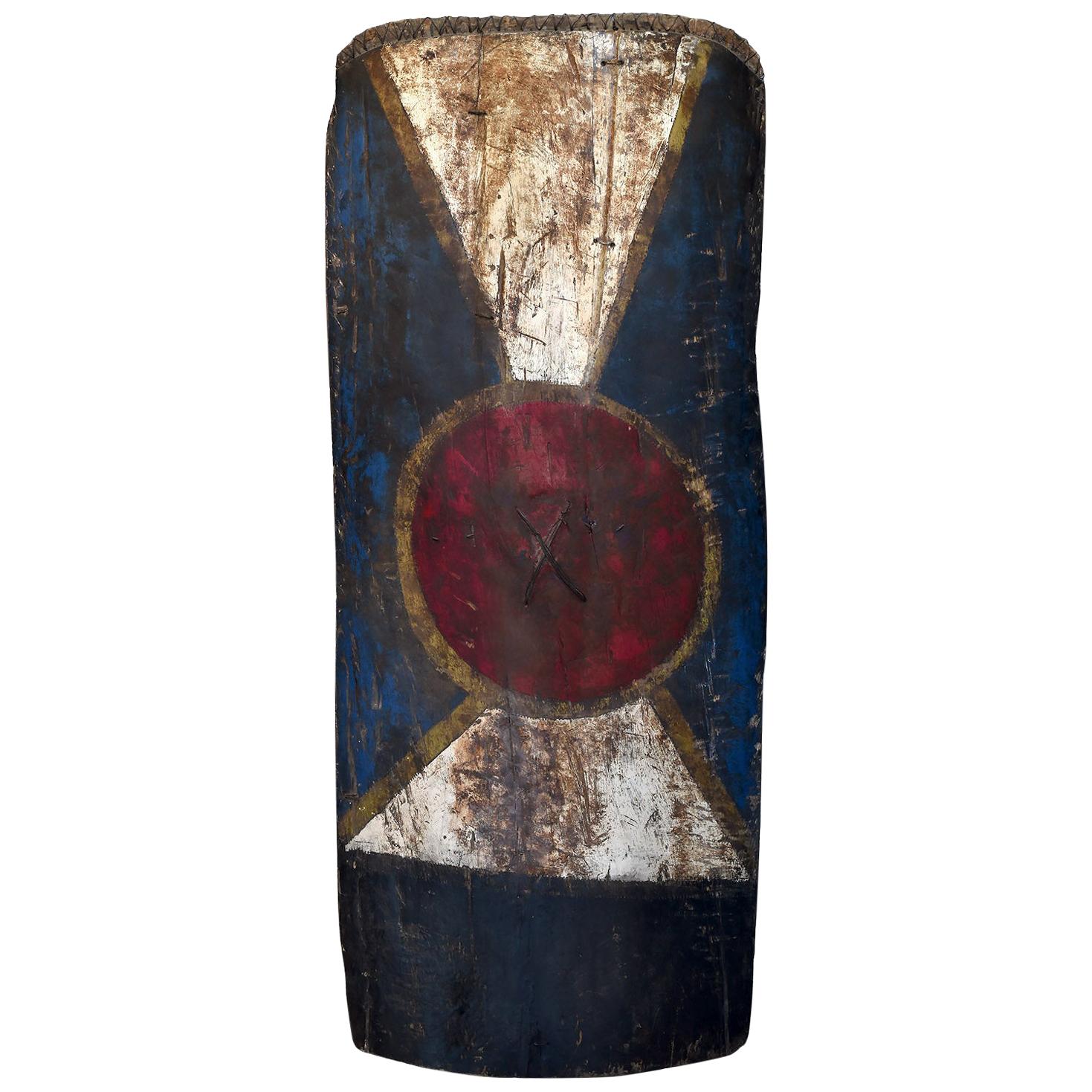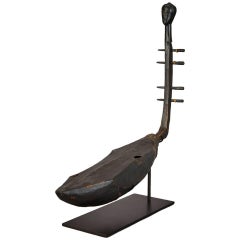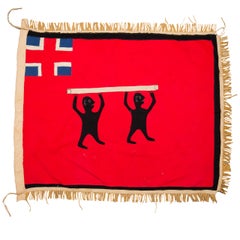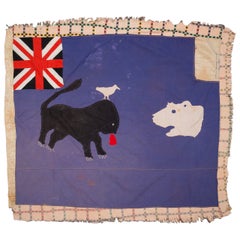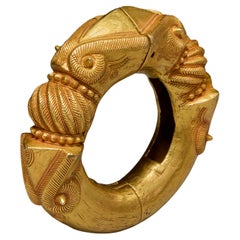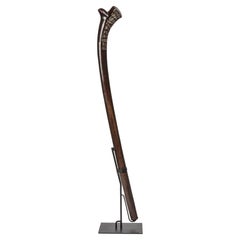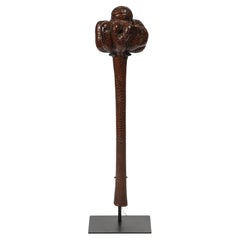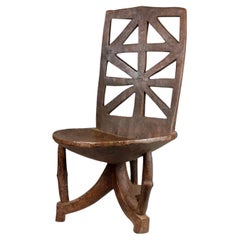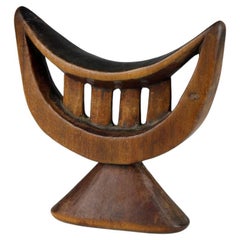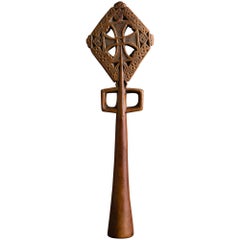
18th Century Ethiopian Processional Cross
View Similar Items
Want more images or videos?
Request additional images or videos from the seller
1 of 5
18th Century Ethiopian Processional Cross
About the Item
- Dimensions:Height: 12 in (30.48 cm)Width: 3.5 in (8.89 cm)Depth: 0.75 in (1.91 cm)
- Materials and Techniques:
- Place of Origin:
- Period:
- Date of Manufacture:1700
- Condition:
- Seller Location:New York, NY
- Reference Number:1stDibs: LU1048010375761
About the Seller
No Reviews Yet
Recognized Seller
These prestigious sellers are industry leaders and represent the highest echelon for item quality and design.
Established in 2008
1stDibs seller since 2014
28 sales on 1stDibs
Authenticity Guarantee
In the unlikely event there’s an issue with an item’s authenticity, contact us within 1 year for a full refund. DetailsMoney-Back Guarantee
If your item is not as described, is damaged in transit, or does not arrive, contact us within 7 days for a full refund. Details24-Hour Cancellation
You have a 24-hour grace period in which to reconsider your purchase, with no questions asked.Vetted Professional Sellers
Our world-class sellers must adhere to strict standards for service and quality, maintaining the integrity of our listings.Price-Match Guarantee
If you find that a seller listed the same item for a lower price elsewhere, we’ll match it.Trusted Global Delivery
Our best-in-class carrier network provides specialized shipping options worldwide, including custom delivery.More From This Seller
View AllRare Gabonese African Harp
Located in New York, NY
A rare figurative harp from made by the Vuvi or Tsogo people of Gabon. It is an instrument traditionally played by young men and boys. These rare instruments are well known for their...
Category
20th Century Gabonese Tribal Art
Materials
Wood
20th Century Fante Asafo Flag, Ghana
Located in New York, NY
A large and graphically stunning Fante asafo flag.
Fante flags represent the merger of two cultural traditions, the Akan tradition of combining pro...
Category
Mid-20th Century Ghanaian Decorative Art
Materials
Fabric
Mid-20th Century Fante Asafo Flag, Ghana
Located in New York, NY
A large and graphically stunning asafo flag.
Fante flags represent the merger of two cultural traditions, the Akan tradition of combining proverbs with ...
Category
Mid-20th Century Ghanaian Tribal Art
Rare Gold Ashanti Royal Bracelet from Jacaranda Tribal
Located in New York, NY
This magnificent gold bracelet was made for Ashanti royalty.
The Ashanti Kingdom's wealth was significantly based on gold-mining and trading in gold, as well as agriculture. The ki...
Category
Early 20th Century Ghanaian Tribal Art
Materials
Gold
African Lidded Vessel, Congo
Located in New York, NY
The Shi peoples are agriculturalists living on the shores of Lake Kivu in D.R. Congo. Artistically they are best known for their distinctively carved cups and pitchers...
Category
20th Century Congolese Tribal Art
Materials
Wood
19th Century Siberian Eskimo Pipe, Alaska
Located in New York, NY
Siberian Eskimo people were introduced to tobacco in the 17th century, acquiring it from European traders in exchange for furs. Pipes based on European models, such as this example, ...
Category
Antique 19th Century Native American Objects
Materials
Wood, Leather, Hide
You May Also Like
18th Century Polynesian Ironwood Gata Waka or War Club from Fiji
Located in Amsterdam, NL
A Polynesian ironwood Gata waka or war club
Fiji, probably 18th century or earlier
Measures: Height. 97 cm
Including museum-quality powder-coated stand.
Provenance:
Private collection, France
Polynesian culture is traditionally a culture of power and prestige, and there was a fine line between battle and ceremony. Warrior people par excellence, the Fijians had at their disposal a large panoply of weapons, each for a specific use.
The elegant Gata are called gun-sticks by Europeans due to the recognizable form. However, they are designed after a snake, gata in Fijian language. The Ula throwing clubs...
Category
Antique 18th Century Fijian Tribal Art
Materials
Hardwood
18th Century Polynesian Hardwood Ula Tavatava or Throwing War Club from Fiji
Located in Amsterdam, NL
A Polynesian hardwood Ula tavatava or throwing war club
Fiji, probably 18th century
All-over decorated in incised pattern, the bulbous top seems to have a stone grown into it.
H. 42 cm
Including museum-quality powder-coated stand.
Provenance:
Private collection, France
Polynesian culture is traditionally a culture of power and prestige, and there was a fine line between battle and ceremony. Warrior people par excellence, the Fijians had at their disposal a large panoply of weapons, each for a specific use.
The elegant Gata are called gun-sticks by Europeans due to the recognizable form. However, they are designed after a snake, gata in Fijian language. The Ula throwing clubs...
Category
Antique 18th Century Fijian Tribal Art
Materials
Hardwood
19th Century Ethiopian Throne
Located in London, GB
This large, impressive nineteenth-century Ethiopian throne, from the Wollega Oromo culture, features a high, upright back-rest.
An attractive cut-ou...
Category
Antique Late 19th Century Ethiopian Tribal Tribal Art
Materials
Wood
19th Century Ethiopian Headrest
Located in London, GB
This late nineteenth-century headrest, from the Oromo culture in Ethiopia, displays a rare form. Above a triangular-shaped base, the curved, crescent-shaped neck rest features four c...
Category
Antique Late 19th Century Ethiopian Tribal Tribal Art
Materials
Wood
Ethiopian Procession Cross: A Sacred Heritage and Craftsmanship
Located in Ixelles, BE
Ethiopian Procession Cross: A Sacred Heritage and Craftsmanship.
Structure and Composition: This finely crafted Ethiopian procession cross is rich in iconographic detail. Constructed from metal, likely bronze or brass, it features a complex structure with several decorative elements.
- Central Part:
• Madonna and Child: At the heart of the cross is a depiction of the Virgin Mary holding the Child Jesus. This central image is framed within a circle adorned with openwork motifs and small inlays that appear to be precious stones or colored glass pieces.
Arms of the Cross:
• Angelic Musicians: Each lateral arm of the cross features an angelic musician, playing instruments and depicted in a flying position. The angels are finely detailed, with spread wings and carefully sculpted garments.
• Cherub: At the apex of the cross, a cherub is depicted, a celestial being with multiple wings and surrounded by cloud-like motifs.
• Bird Motifs: The lower extremities of the cross are adorned with bird motifs, likely doves, symbolizing peace and the Holy Spirit, placed within openwork circles.
Base and Handle:
• Engraved Base: The base of the cross, which serves as a handle, is also richly engraved with floral and geometric motifs, providing a sturdy and decorative grip for processions.
History of Ethiopian Procession Crosses
Origins and Evolution: Ethiopian procession crosses have a long history, dating back to the introduction of Christianity to Ethiopia in the 4th century under King Ezana. Influenced by Coptic and Byzantine traditions, these crosses evolved to adopt a distinctive style unique to Ethiopia.
- Characteristics:
• Style and Iconography: Ethiopian crosses...
Category
Antique 19th Century Ethiopian Primitive Tribal Art
Materials
Brass
9th Century Silver Processional Priest's Hats, Chimu Culture, Peru
Located in Point Richmond, CA
9th century silver processional priest's hats, Chimu culture, Peru.
These silver hats were originally covered with fabric, as can be seen in the remaining surface pattern. The hol...
Category
Antique 15th Century and Earlier Peruvian Tribal Abstract Sculptures
Materials
Silver
